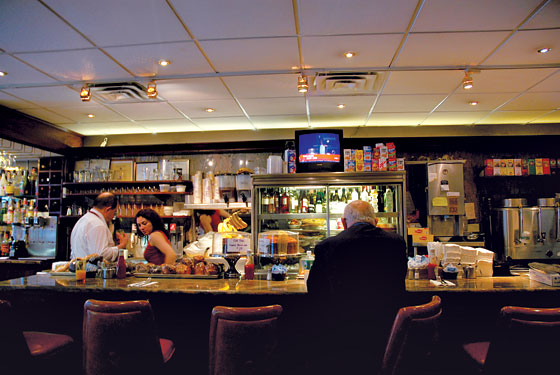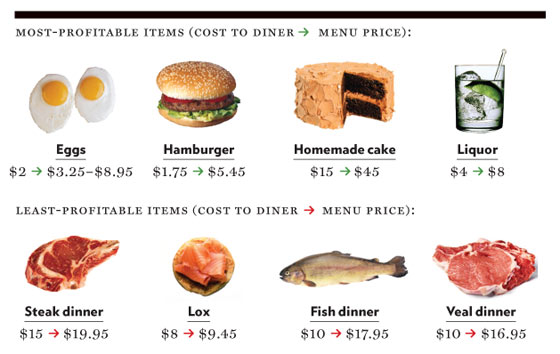
How It Works: The Upper East Side institution is caught between customers expecting low prices and ever-rising food and staff costs, made more difficult by a giant menu. “I can’t cut the menu because people keep coming back and asking for old items,” says co-owner Elias Katsihtis. “I cut diavolo pasta four years ago, and people are still asking.” The restaurant orders daily from dozens of local small vendors and grocers to supply its 200-item menu. Katsihtis, who owns with his brother and a partner, says, “We make a living, but that’s about it. Our food costs are very high, and so is our payroll—even if they’re family, you gotta pay them. We lose money a few days a month.”
Employees: Thirty full-time.
Annual Revenue: $2.52 million ($252,000 is profit).
Annual Overhead Costs: Food: $780,000; payroll: $840,000; rent: $228,000; rent to city for two-yard building extension into the sidewalk: $24,000.
Least-Profitable Customers: The elderly. They have a tendency to return food.
Alternative Business Options: “I would suggest opening a deli. They have low food costs and payroll. And whatever you do, keep the menu small.”
Added Value: Diners’ margins are precarious, tied to the larger food and oil markets. “If oil jumps to $100 a barrel, we’re in trouble,” Katsihtis says. And he can’t pass on higher prices to customers, who frequent the Silver Star for its affordability.
